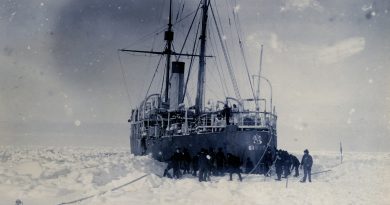Analysis: Will Carney win bring new investment, security to North, or more of the same?
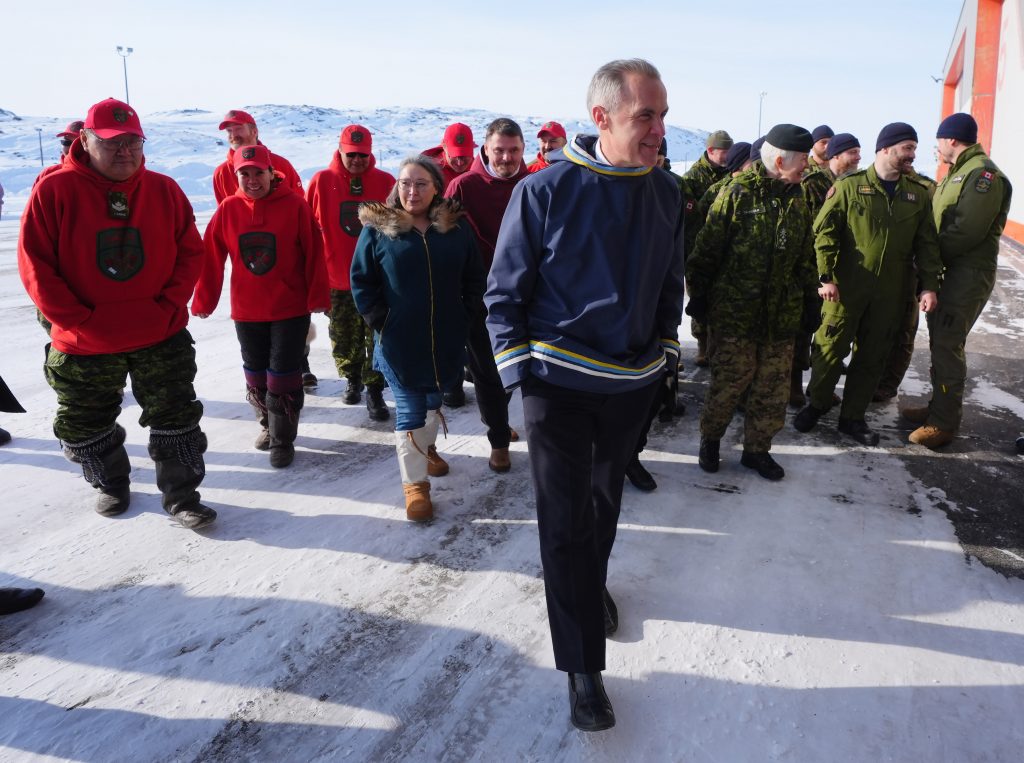
As the Liberal Party prepares for its fourth consecutive term, and its first under Prime Minister Mark Carney, the Arctic will be a key focus.
The new government will face rising tensions, with Russia and China increasing their activities in the region, while U.S. President Donald Trump continues to push for control over Greenland, Canada’s Arctic neighbor.
Carney’s Arctic strategy builds on Justin Trudeau’s emphasis on Indigenous consultation and environmental protection, but also lays out a clearer vision for infrastructure development and economic opportunity.
Here, we take a look at some of the key areas to watch in the coming months:
Strengthening security and sovereignty
Under the three previous Trudeau governments, Canada’s Arctic strategy was largely focused on international cooperation—working with Nordic countries, the United States, and other partners, particularly through the Arctic Council, on issues like environmental and sustainable development.
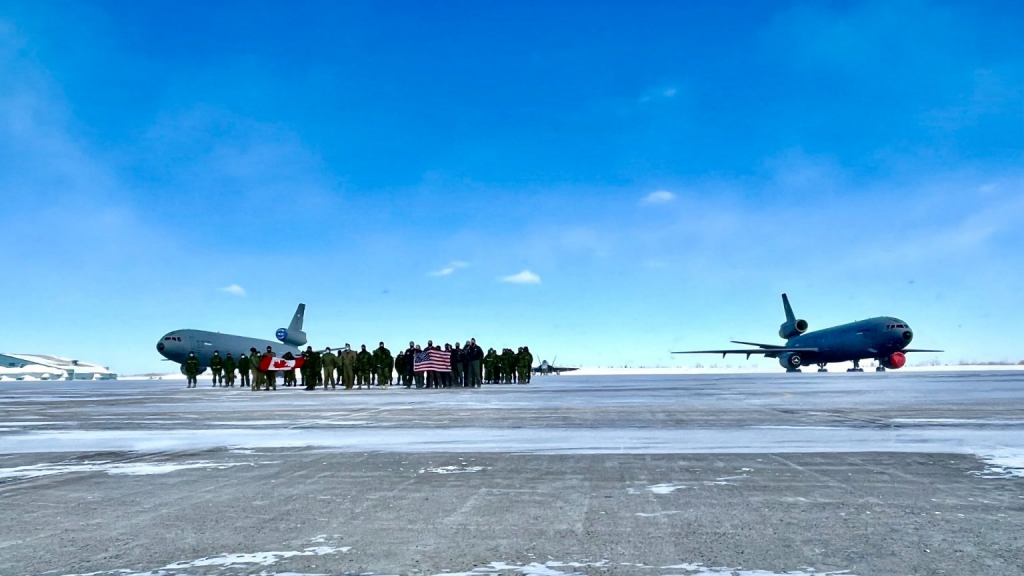
In the wake of the Russian invasion of Ukraine, Trudeau’s Liberals made a number of announcements concerning investments in NORAD and military readiness but was often criticized for being reactive instead of proactive on hard security issues and emerging threats in the North.
During the campaign, Carney emphasized a more assertive stance on national security, with increased investment in military capabilities in the North, including the expansion of the Royal Canadian Navy’s icebreaker fleet, new submarines, and increased use of aerial and underwater drones for Arctic surveillance. He also called for a new Canada-Europe Arctic security cooperation agreement to deepen ties in the North.
Indigenous partnerships and development
During the campaign, Carney signaled a strong commitment to working with Indigenous communities on Arctic development, focusing on partnerships rather than just consultation, a continuation of Trudeau’s emphasis on Indigenous governance, particularly in resource management and environmental stewardship.
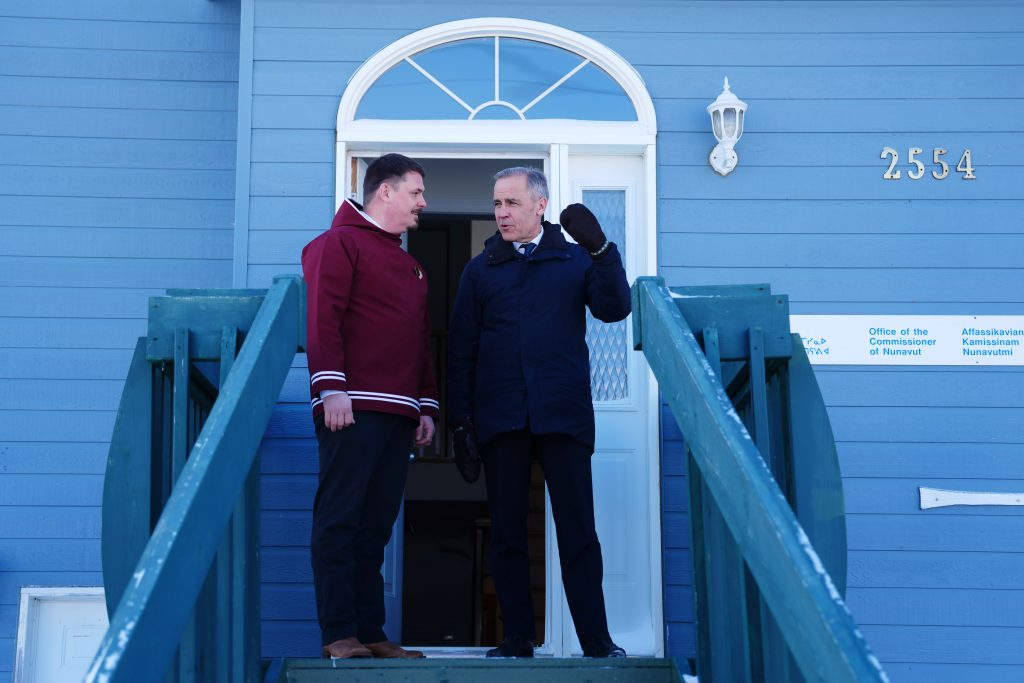
Trudeau’s initiatives to involve northern communities in efforts like the creation of the Arctic Policy Framework were widely praised. However, the government often struggled to convert its approach into real-world outcomes that significantly improved life in the North either economically or in terms of infrastructure or security.
Carney’s program focuses and both process and concrete results including prioritizing dual-use infrastructure projects that benefit both military and civilian needs in the Arctic, including airstrips, ports, and railways.
He has also pledged to expand the Indigenous loan guarantee program, enabling Indigenous communities to invest in projects that foster economic growth and strengthen regional security.
Infrastructure investment and economic growth
Trudeau’s policies on Arctic infrastructure were centered on climate-friendly projects, including green energy investments and sustainable development.
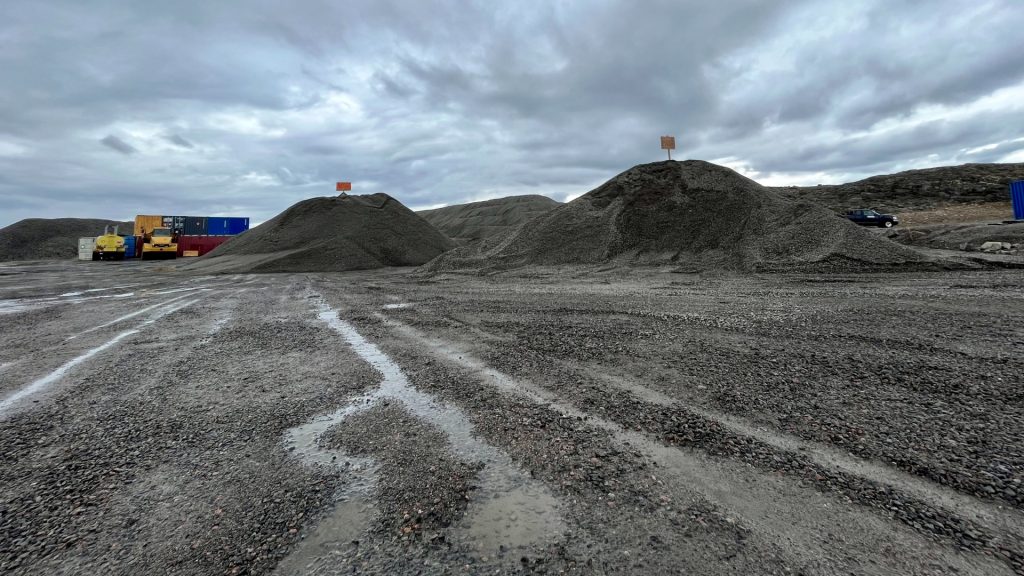
Carney’s approach, however, incorporates a broader view of economic opportunity, particularly in the areas of critical minerals and resource extraction.
The new government’s plans include major investments in ports, highways, railways, and energy infrastructure, which are aimed at boosting both economic growth and Canada’s strategic presence in the region. Carney, born in N.W.T. has said he sees the North, along with other areas of Canada, as a key player in the global supply chain, especially when it comes to minerals that are crucial for clean technologies and other high-demand industries.
Related stories:


